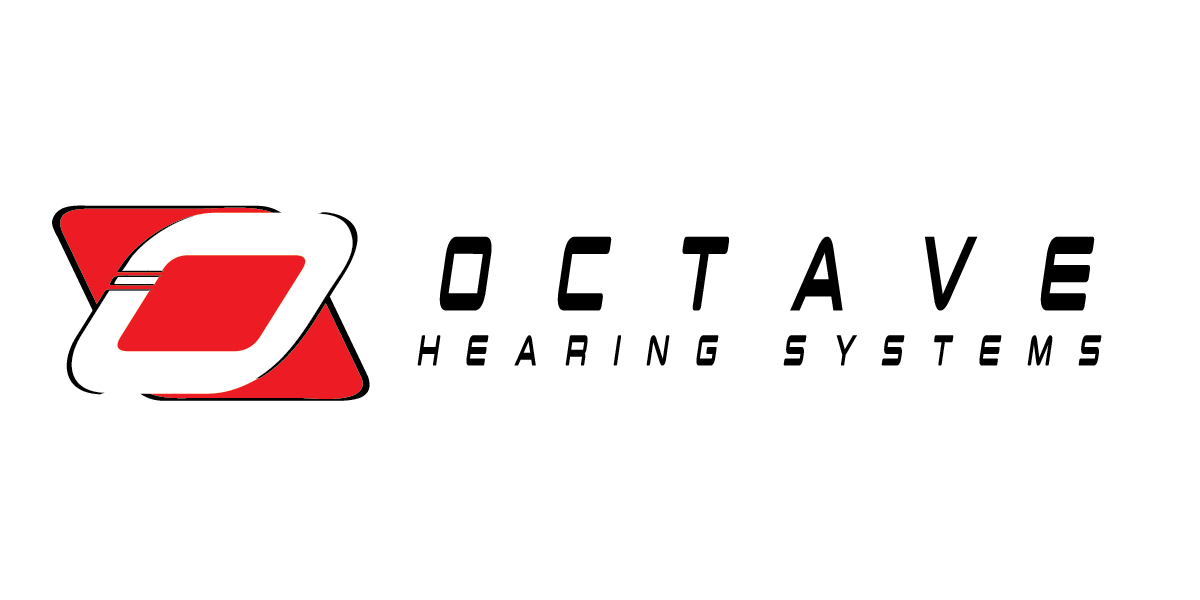Navigating the world of hearing aids can feel like deciphering a complex code. One of the biggest questions people face is, "How much should I actually pay?" The answer, unfortunately, isn't a simple dollar amount. It depends on various factors, making the process a bit like building a personalized hearing solution.
Let's break down the key elements that influence the cost of a good hearing aid:
1. Technology Level:
Entry-Level/Basic: These models focus on essential amplification, suitable for mild to moderate hearing loss in quiet environments. Expect prices in the range of $1,000 to $3,000 per pair.
Mid-Range/Advanced: Offering improved noise reduction, directional microphones, and potentially Bluetooth connectivity, these cater to more active lifestyles and varied listening situations. Prices typically fall between $3,000 and $5,000 per pair.
Premium/High-End: Featuring the latest advancements, like sophisticated noise cancellation, artificial intelligence, and seamless smartphone integration, these are designed for optimal performance in complex environments. Expect to pay $5,000 to $7,000+ per pair.
2. Features and Functionality:
Noise Reduction: Advanced noise cancellation algorithms significantly impact the price.
Directional Microphones: These focus on sound from a specific direction, improving clarity in noisy settings.
Bluetooth Connectivity: Enables streaming audio from smartphones, TVs, and other devices.
Rechargeability: Eliminates the need for disposable batteries, adding to the initial cost but potentially saving money long-term.
Telecoil: Allows for better hearing in public spaces with loop systems.
Artificial Intelligence (AI): Some high-end models use AI to adapt to changing listening environments automatically.
3. Professional Services:
The cost of hearing aids often includes professional services, such as:
Hearing evaluation and consultation.
Fitting and programming of the hearing aids.
Follow-up appointments for adjustments and maintenance.
Warranty and aftercare.
These services are invaluable and contribute to the overall cost. Cheaper hearing aids sold online will usually not include these valuable services.
4. Hearing Aid Style:
The style of hearing aid also plays a role in the price.
Behind-the-Ear (BTE): Generally more affordable.
Receiver-in-Canal (RIC): A popular and versatile option, often in the mid-range price bracket.
In-the-Ear (ITE) and In-the-Canal (ITC): Custom-made and can vary in price.
Completely-in-Canal (CIC) and Invisible-in-Canal (IIC): The smallest and most discreet, typically at the higher end of the price spectrum.
Tips for Making Informed Decisions:
Consult with a qualified expert: They can assess your hearing needs and recommend appropriate hearing aids.
Get multiple quotes: Compare prices and services from different providers.
Ask about financing options: Many providers offer payment plans or financing options.
Check your insurance coverage: Some insurance plans may cover a portion of the cost.
Consider refurbished or used hearing aids: If budget is a major concern, these can be a more affordable option, but be sure they come from a reputable source, and are professionally cleaned and tested.
Don't solely focus on price: Prioritize features and services that meet your specific needs and lifestyle. A slightly more expensive hearing aid that provides better hearing and comfort is a worthwhile investment.
Trial period: Be sure that the audiologist offers a trial period, so that you can be sure the hearing aids are right for you.
The Bottom Line:
Investing in a good hearing aid is an investment in your quality of life. While price is a factor, it shouldn't be the only one. Focus on finding a hearing solution that provides optimal clarity, comfort, and functionality. By understanding the factors that influence cost, you can make an informed decision and find the perfect hearing aid to reconnect with the world around you.
